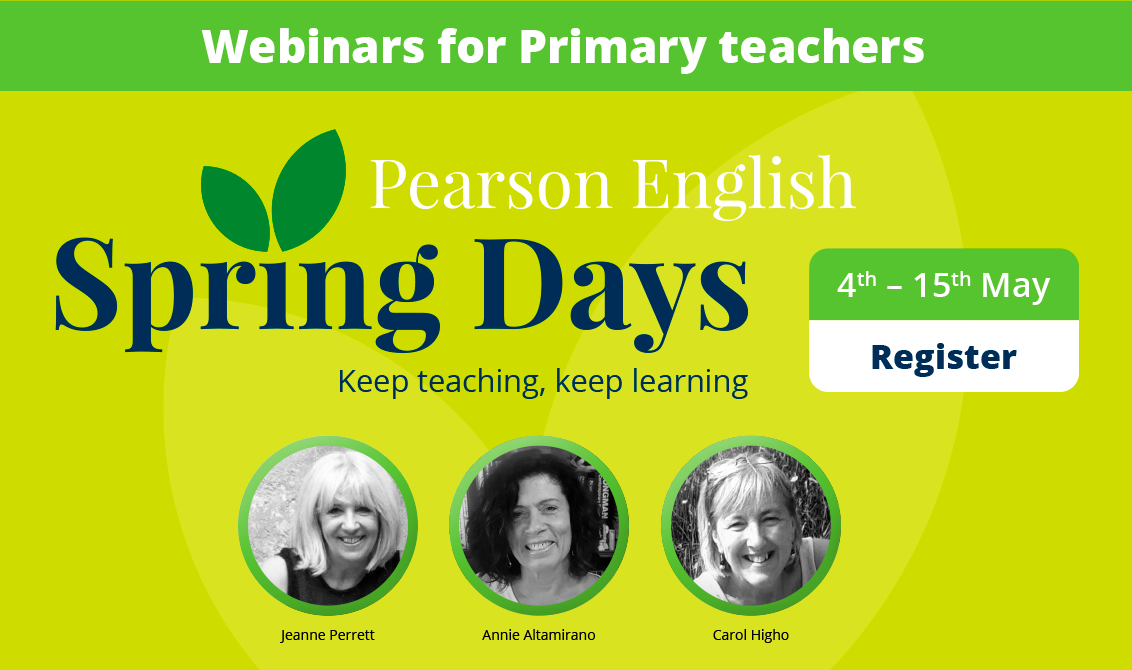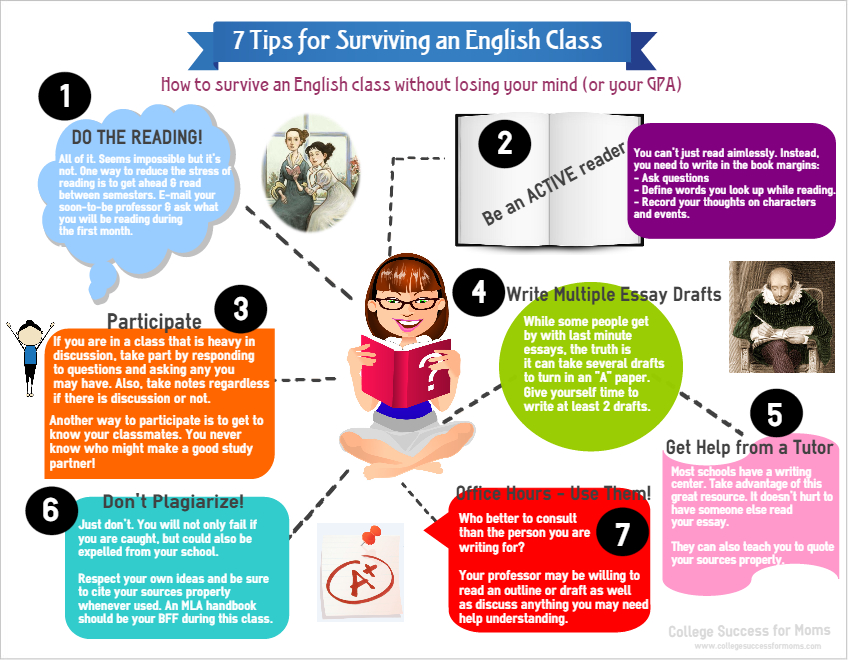Commasand
durationsare the most frequently used punctuation marks. Commas customarily point out a quick pause; they're not as last as intervals.
Rule 1.
Use commas to separate words and phrase groups in a easy sequence of three or extra objects.
Example:
My estate goes to my husband, son, daughter-in-law, and nephew.
Note:When the final comma in a sequence comes earlier than
andor
or(after
daughter-in-legislationwithin the above instance), it is named the
Oxford comma. Most newspapers and magazines drop the Oxford comma in a simple sequence, apparently feeling it's pointless. However, omission of the Oxford comma can generally lead to misunderstandings.
Example:
We had espresso, cheese and crackers and grapes.
Adding a comma after
crackersmakes it clear that
cheese and crackersrepresents one dish. In cases like this, clarity calls for the Oxford comma.
We had espresso, cheese and crackers, and grapes.
Fiction and nonfiction books typically choose the Oxford comma. Writers should resolve Oxford or no Oxford and never change back and forth, except when omitting the Oxford comma may trigger confusion as within the
cheese and crackersinstance.
Rule 2.
Use a comma to separate two adjectives when the order of the adjectives is interchangeable.
Example:
He is a powerful, wholesome man.
We could additionally say
wholesome, sturdy man.
Example:
We stayed at an expensive summer season resort.
We would not say
summer time costly resort,so no comma.
Another method to determine if a comma is needed is to mentally put
andbetween the two adjectives. If the outcome nonetheless is sensible, add the comma. In the examples above,
a powerful
andwholesome manis smart, but
an costly
andsummer resortdoes not.
Rule 3a.
Many inexperienced writers run two unbiased clauses together by utilizing a comma as an alternative of a period. This ends in the dreaded
run-on sentenceor, extra technically, a
comma splice.
Incorrect:
He walked all the way in which house, he shut the door.

There are a number of simple treatments:
Correct:
He walked all the best way residence. He shut the door.
Correct:
After he walked all the way in which residence, he shut the door.
Correct:
He walked all the way in which house, and he shut the door.
Rule 3b.
In sentences the place two independent clauses are joined by connectors similar to
and, or, but,and so on., put a comma at the finish of the primary clause.
Incorrect:
He walked all the way residence and he shut the door.
Correct:
He walked all the way home, and he shut the door.
Some writers omit the comma if the clauses are each fairly quick:
Example:
I paint and he writes.
Rule 3c.
If the subject doesn't seem in front of the second verb, a comma is mostly pointless.
Example:
He
thoughtquickly however nonetheless
didnot
replyappropriately.
But sometimes a comma in this scenario is important to avoid confusion.
Confusing:
I saw that she was busy and prepared to depart.
Clearer with comma:
I noticed that she was busy, and prepared to go away.
Without a comma, the reader is liable to suppose that "she" was the one who was ready to leave.
Rule 4a.
When starting a sentence with a dependent, use a comma after it.
Example:
If you aren't certain about this, let me know now.
Follow the same policy with introductory.
Example:
Having finally arrived in town, we went shopping.
However, if the introductory phrase is evident and transient (three or 4 phrases), the comma is elective.
Example:
When in town we go shopping.
But always add a comma if it would avoid confusion.
Example:
Last Sunday, evening classes have been canceled.(The comma prevents a misreading.)
When an introductory phrase begins with a preposition, a comma may not be needed even if the phrase contains greater than three or four words.
Example:
Into the glowing crystal ball he gazed.
If such a phrase accommodates a couple of preposition, a comma could also be used
unlessa verb immediately follows the phrase.
English for adults :
Between your own home on Main Street and my home on Grand Avenue, the mayor's mansion stands proudly.
Between your house on Main Street and my house on Grand Avenue is the mayor's mansion.
Rule 4b.
A comma is often pointless when the sentence begins with an unbiased clause adopted by a dependent clause.
Example:
Let me know now if you're unsure about this.
Rule 5.
Use commas to set off nonessential phrases, clauses, and phrases (see, Rule 2b).
Incorrect:
Jill who's my sister shut the door.
Correct:
Jill, who is my sister, shut the door.
Incorrect:
The man knowing it was late hurried home.
Correct:
The man, figuring out it was late, hurried residence.
In the previous examples, notice the comma after
sisterand
late. Nonessential phrases, clauses, and phrases that occur midsentence must be enclosed by commas. The closing comma is known as an
appositive comma. Many writers neglect to add this important comma. Following are two cases of the necessity for an appositive comma with one or more nouns.
Incorrect:
My greatest good friend, Joe arrived.
Correct:
My finest good friend, Joe, arrived.
Incorrect:
The three gadgets, a e-book, a pen, and paper had been on the desk.
Correct:
The three items, a book, a pen, and paper, had been on the table.
Rule 6.
If something or someone is sufficiently recognized, the description that follows is taken into account nonessential and must be surrounded by commas.
Examples:
Freddy, who has a limp, was in an auto accident.
If we already know which Freddy is meant, the description just isn't essential.
The boy who has a limp was in an auto accident.
We have no idea which boy is supposed with out further description; therefore, no commas are used.
This leads to a persistent problem. Look at the following sentence:
Example:
My brother Bill is here.
Now, see how including two commas adjustments that sentence's meaning:
Example:
My brother, Bill, is right here.
Careful writers and readers understand that the first sentence means I have a couple of brother. The commas in the second sentence imply that Bill is my only brother.
Why? In the first sentence,
Billis essential data: it identifies which of my two (or extra) brothers I'm speaking of. This is why no commas enclose
Bill.
In the second sentence,
Billis nonessential information—whom else however Bill could I imply?—therefore the commas.
Comma misuse is nothing to take frivolously. It can lead to a train wreck like this:
Example:
Mark Twain's e-book,Tom Sawyer,
is a delight.
Because of the commas, that sentence states that Twain wrote just one e-book. In fact, he wrote more than two dozen of them.
Rule 7a.
Use a comma after sure words that introduce a sentence, similar to
nicely, yes, why, hiya, hey,etc.
Examples:
Why, I can't imagine this!
No, you possibly can't have a greenback.
Rule 7b.
Use commas to set off expressions that interrupt the sentence move (
however, in any case, by the way, on the other hand, however,and so on.).
Example:
I am, by the best way, very nervous about this.
Rule eight.
Use commas to set off the title, nickname, time period of endearment, or title of a person directly addressed.
Examples:
Will you, Aisha, try this project for me?
Yes, previous friend, I will.
Good day, Captain.
Rule 9.
Use a comma to separate the day of the month from the yr, and—what most people forget!—always put one after the yr, also.
Example:
It was within the Sun's June 5, 2003, edition.
No comma is necessary for simply the month and year.
Example:
It was in a June 2003 article.
Rule 10.
Learn English grammar step by step Use a comma to separate a metropolis from its state, and bear in mind to put one after the state, additionally.
Example:
I'm from the Akron, Ohio, area.
Rule 11.
Traditionally, if a person's name is followed by
Sr.or
Jr., a comma follows the last title:
Martin Luther King, Jr.This comma is not thought-about necessary. However, if a comma does precede
Sr.or
Jr.,one other comma should observe the entire identify when it seems midsentence.
Correct:
Al Mooney Sr. is right here.
Correct:
Al Mooney, Sr., is right here.
Incorrect:
Al Mooney, Sr. is right here.
Rule 12.
Similarly, use commas to enclose degrees or titles used with names.
< English listening practice >
Example:
Al Mooney, M.D., is right here.
Rule 13a.
Use commas to introduce or interrupt direct quotations.
Examples:
He mentioned, "I don't care."
"Why," I requested, "don't you care?"
This rule is elective with one-word quotations.
Example:
He mentioned "Stop."
Rule 13b.
If the quotation comes earlier than
he mentioned, she wrote, they reported, Dana insisted,or a similar attribution, finish the quoted material with a comma, even if it's only one phrase.
Examples:
"I don't care," he said.
"Stop," he said.
Rule 13c.
If a citation features as a topic or object in a sentence, it might not need a comma.
Examples:
Is "I don't care" all you possibly can say to me?
Saying "Stop the automotive" was a mistake.
Rule 13d.
If a quoted question ends in midsentence, the question mark replaces a comma.
Example:
"Will you still be my friend?" she requested.
Rule 14.
Use a comma to separate an announcement from a query.
Example:
I can go, can't I?
Rule 15.
Use a comma to separate contrasting components of a sentence.
Example:
That is my cash, not yours.
Rule 16a.
Use a comma earlier than and after sure introductory phrases or phrases, such as
particularly, that is, i.e., e.g.,and
for example, when they are followed by a collection of things.
Example:
You may be required to bring many items, e.g., sleeping luggage, pans, and warm clothing.
Rule 16b.
A comma should precede the term
and so forth.Many authorities additionally suggest a comma after
and so on. when it is positioned midsentence.
Example:
Sleeping luggage, pans, heat clothing, and so on., are in the tent.
NOTE
The abbreviation
i.e.means "that's";
e.g.means "for example."
| 









